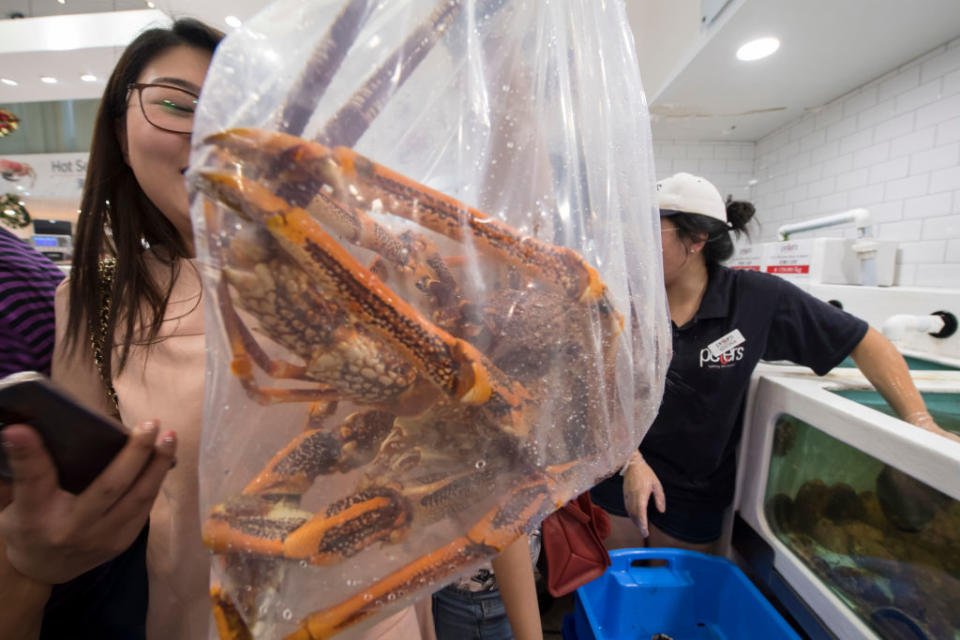Demand for these high-priced, luxury food items is booming: here’s why

Lobster fishermen and abalone divers have been working around the clock to meet increased demand for the specialty seafood.
The two-week long festivities of Lunar New Year have seen a greater appetite for lobster and abalone among Chinese migrants and visitors alike.
The reason is because Australian seafood is seen by Chinese as a luxury food item, prized and coveted by the growing Chinese middle class.
It’s also what drives them in the dozens to the Sydney Fish Market.
“Australia and New Zealand are the only places where they can get these types of lobsters,” lobster fisherman Ben McCulloch told SBS News from his tanking facility in Narooma.
“We employ more people over Chinese New Year just for packaging and drivers to drive to Sydney.”
For abalone diver Stephen Bunney, Chinese New Year is kick-off for the entire season.
“The demand is very high. Chinese New Year is a key period in our abalone harvesting season,” he told SBS News.
Abalone is a specialty dish in Chinese culture, in part due to its price, and is also seen as a symbol of prosperity and wealth.
“We tend to plan our dive more substantially because we need to be in the water for as long as we possibly can to get as many abalone as we possibly can to fill those orders.”
For abalone divers, Chinese New Year brings in the money.
“It’s really when beach price – the amount we get paid for our abalone – is at its highest,” Bunney said.
Australian seafood exporters get their share of bustling business activity, too. Since seafood exporting company owner Simon Chan started his company Lobster World Six years ago, the volume of eastern rock lobsters being shipped to China has increased from 10 or 20 tonnes to as much as 80 tonnes, he told SBS News.
Approximately 30 tonnes of live lobster shipped to China across the Chinese New Year period alone.
From 2015 to 2018, lobster exports to China jumped by 4,550 per cent, from 119 tonnes in 2015-16 to 5,412 tonnes and a market value of $468 million dollars, according to the Australian Bureau of Agricultural and Resource Economics.
Similarly, abalone exports tripled between 2015-2018 to 991 tonnes.
Last year, NAB introduced Chinese payment platform Alipay among a number of business merchants around Sydney tourist hotspots to make it easier for Chinese tourists to spend at local businesses.
Make your money work with Yahoo Finance’s daily newsletter. Sign up here and stay on top of the latest money, news and tech news.
Now read: These four Aussie sectors will be smashed in a China slowdown
Now read: How worried do we need to be about China’s slowdown?
Now read: NAB to roll out wildly popular Chinese payment app

 Yahoo Finance
Yahoo Finance 
